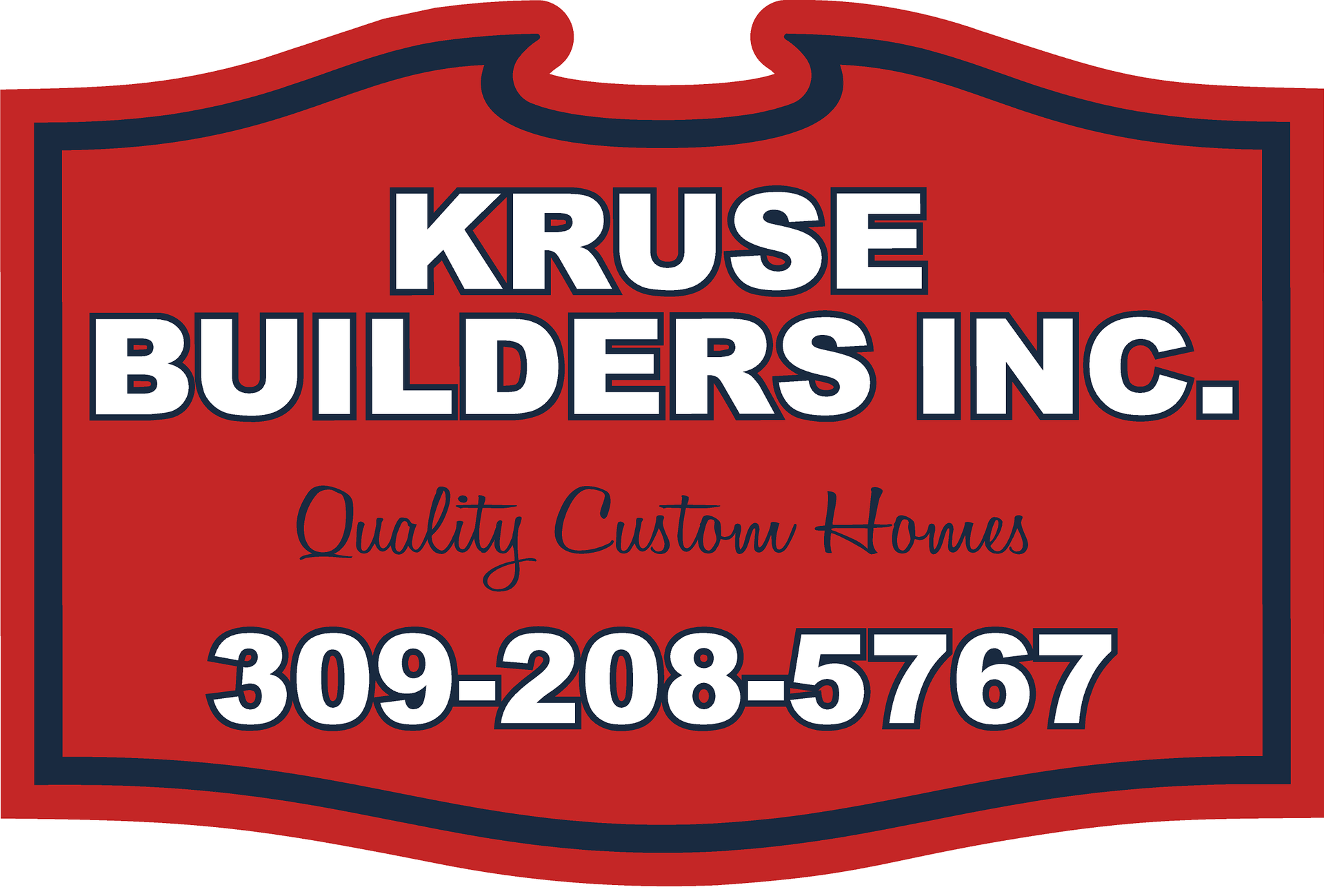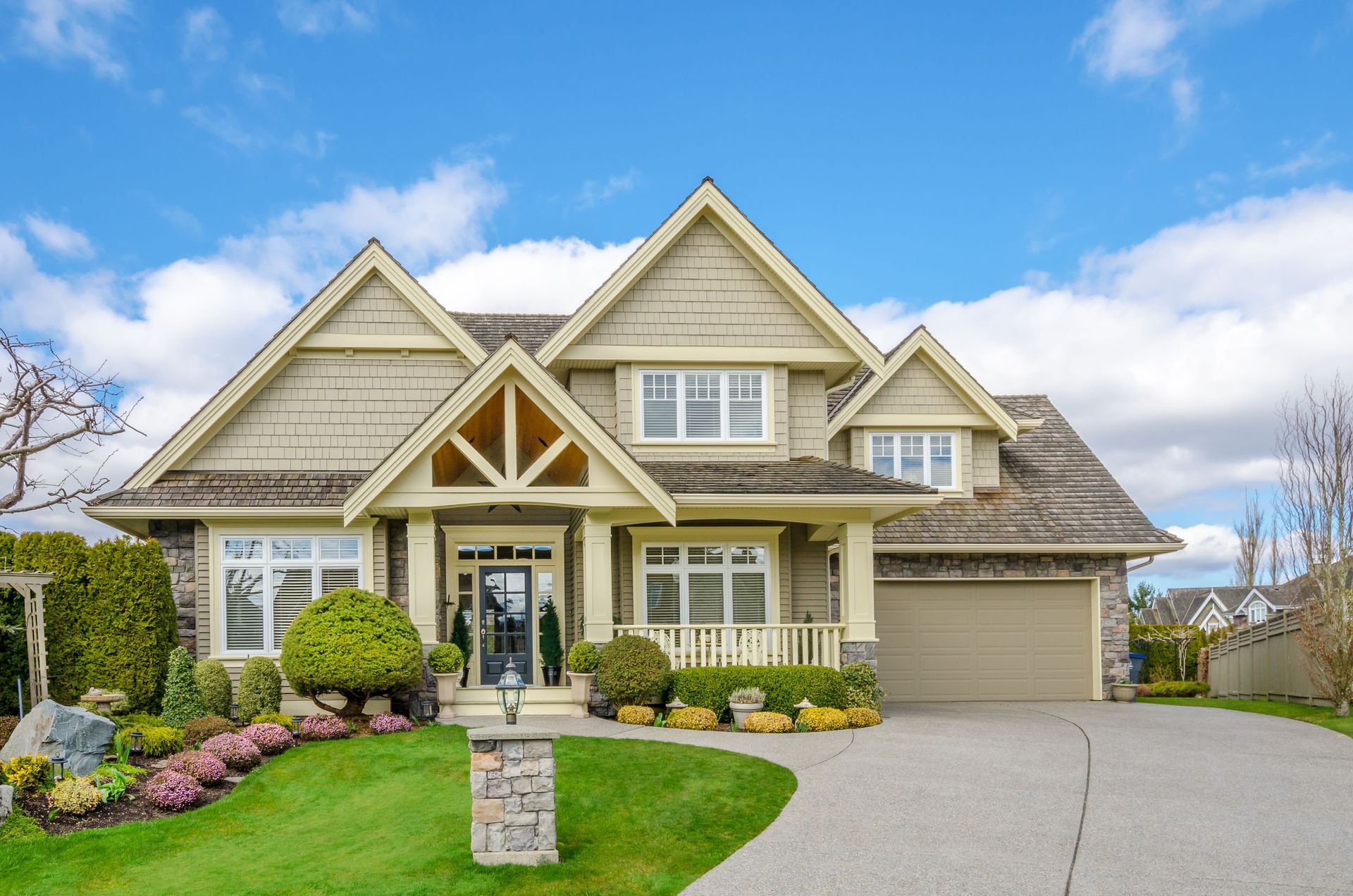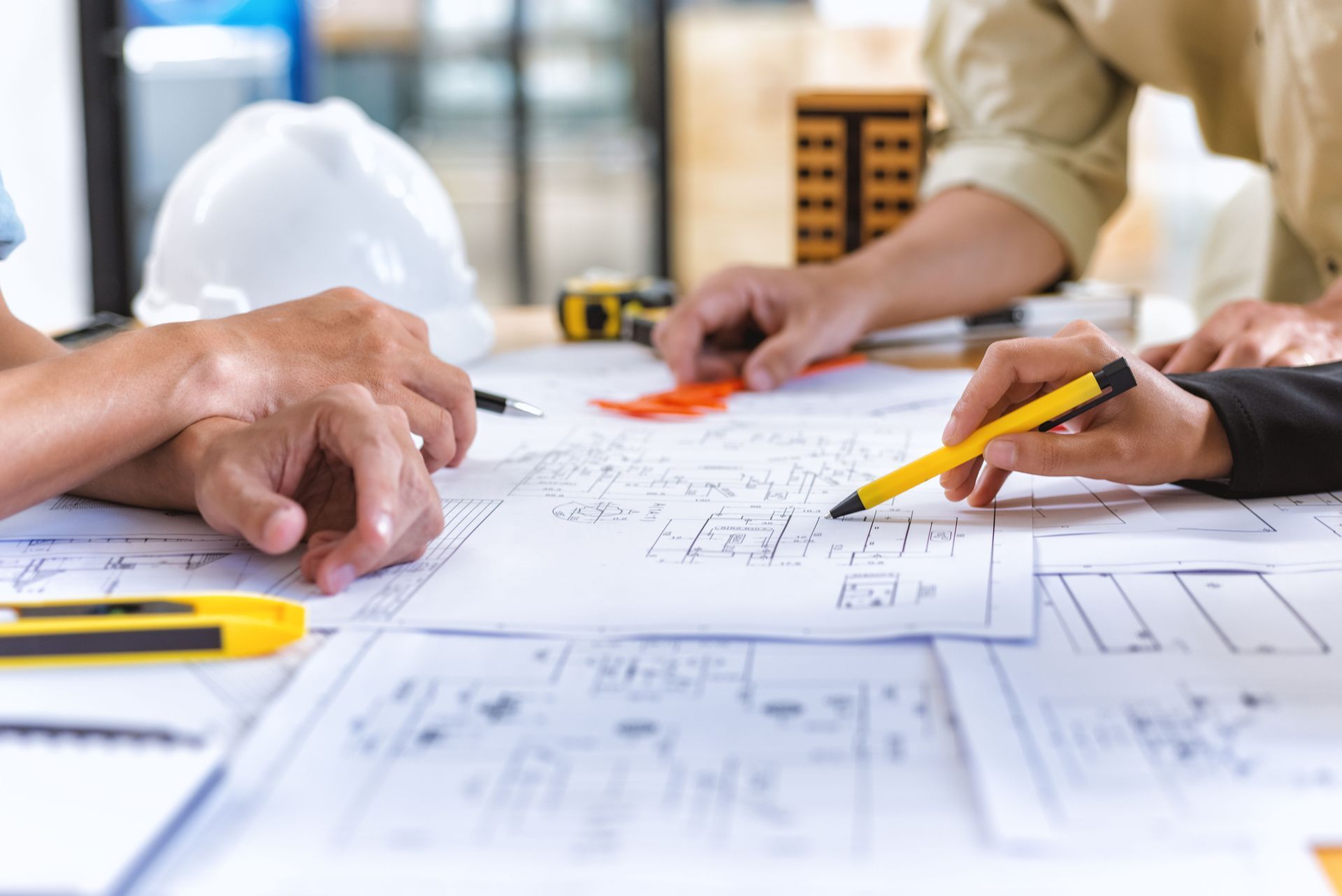September 24, 2025
Building a custom home is one of the most significant milestones in life. Unlike purchasing an existing property, this process gives you the rare opportunity to design every detail of your living space according to your unique lifestyle, preferences, and long-term goals. From the initial sketches to the moment you receive the keys, the journey offers both excitement and responsibility.
Custom homes provide flexibility that pre-built houses simply cannot match. You have the freedom to decide on floor plans, finishes, energy-efficient features, and even the orientation of the home to maximize natural light. This level of personalization allows you to create a residence that not only looks appealing but also functions seamlessly for your family's daily needs.
In this article, we will explore six essential tips for planning a custom home project. These insights will guide you through the process, ensuring your home is not only beautiful but also practical, durable, and future-focused.
1. Establish a Realistic Budget
Creating a budget is the first and most crucial step in planning your custom home. Begin by assessing your financial situation, analyzing your savings, income, and credit. This helps you identify how much you can comfortably invest without overextending your resources. Prioritizing essential features ensures that the most important elements of your home design remain within reach.
Be sure to account for hidden costs such as permits, inspections, utility hookups, and taxes. These often-overlooked expenses can add up quickly and strain an already tight budget. To prevent financial stress, set aside a contingency fund to cover unexpected costs such as site preparation or fluctuations in material prices.
According to the U.S. Green Building Council, the demand for green and sustainable construction has grown by over 20%. This trend is important to consider when allocating your budget. Sustainable features such as energy-efficient appliances, solar panels, and eco-friendly building materials may require higher upfront investment but can provide significant long-term savings. Including these features in your financial planning also increases your home's value and helps align your investment with modern standards of environmental responsibility.
2. Choose the Right Location
Location plays a defining role in the success of any home project. The site you select influences not only your daily convenience but also the long-term value of your property. Consider proximity to schools, healthcare, shopping, and entertainment options. Easy access to major highways or public transit can make commuting less stressful and increase overall livability.
Beyond amenities, evaluate the neighborhood itself. Safety, community atmosphere, and overall appearance are critical to your quality of life. Visit at different times of day to get a better feel for the environment. Researching zoning regulations and planned development in the area is equally important, as these factors can affect your design possibilities and future property value.
Environmental considerations should also weigh heavily in your decision. Areas prone to flooding, wildfires, or earthquakes pose additional risks and costs. Taking time to investigate these conditions early helps you avoid costly setbacks and ensures your chosen location aligns with your long-term goals for comfort and stability.
3. Design With Livability in Mind
Your custom home should reflect your personality while offering maximum functionality. Begin by listing your family's specific needs—such as the number of bedrooms, size of common areas, and dedicated spaces for work or hobbies. While style is important, focus on designing a layout that will serve you well for years to come.
A well-thought-out floor plan optimizes movement between rooms and ensures each space has a clear purpose. Consider open layouts for shared areas, while maintaining privacy in bedrooms and home offices. Integrating features like natural light, energy-efficient windows, and proper ventilation further enhances comfort and lowers utility costs.
Designing for the future is another smart move. Think about how your needs may evolve over time—whether that's accommodating children, aging family members, or multi-generational living. Age-friendly features such as wider doorways, non-slip flooring, and accessible bathrooms can be seamlessly integrated without sacrificing design. By focusing on livability, your custom home will feel both welcoming and practical.
4. Select the Right Builder
Choosing the right builder is critical to turning your vision into reality. Look for professionals with experience in constructing custom homes, as they will understand the unique challenges and opportunities these projects present. Reviewing portfolios of past work provides insight into their quality and design style.
References are invaluable when vetting a builder. Speaking directly with former clients allows you to gauge reliability, communication skills, and adherence to deadlines. A builder's reputation can give you peace of mind that your project is in capable hands.
Clear communication is essential. Discuss timelines, costs, and expectations thoroughly before signing a contract. A well-drafted agreement should specify responsibilities, payment schedules, and completion dates. By choosing a builder who values collaboration and transparency, you set the stage for a smooth construction process that stays true to your vision.
5. Stay Involved During the Building Process
Even with a trusted builder, your active involvement is vital. Regular site visits allow you to monitor progress, ask questions, and confirm that the project is aligning with your expectations. Being present also helps catch small issues before they escalate into costly problems.
Keep an open line of communication with your builder and project manager. Weekly or bi-weekly updates can help you stay informed about the budget, timeline, and potential adjustments. Documenting all decisions in writing ensures clarity and accountability throughout the process.
Staying engaged doesn't mean micromanaging. Instead, aim to remain accessible and supportive while allowing your builder to focus on the technical details. By being proactive and collaborative, you ensure that your involvement enhances progress rather than hindering it.
6. Plan for the Final Touches
The finishing details are what truly bring your home to life. Choosing high-quality finishes like hardwood flooring, stone countertops, and designer fixtures not only enhances aesthetics but also ensures durability. These choices create a polished look that stands the test of time.
Don't overlook the exterior. Landscaping is an integral part of your custom home's appeal. Thoughtful plantings, outdoor lighting, and functional features such as patios or decks expand your living space and increase curb appeal. Planning these features alongside construction prevents delays and creates a cohesive look.
Modern technology also plays a role in the final touches. Consider smart home systems for lighting, climate control, and security. These features improve convenience, safety, and efficiency, making your home future-ready. A final walkthrough with your builder allows you to check that every detail meets your expectations before you move in.
Planning a custom home project is an exciting opportunity to shape a living space that truly reflects your lifestyle. By establishing a clear budget, carefully choosing a location, and designing for long-term comfort, you lay the groundwork for success. Selecting the right builder and staying involved throughout the process ensures your project remains on track, while thoughtful final touches add character and functionality.
The growing interest in sustainable construction—up more than 20% according to the U.S. Green Building Council—shows how today's homeowners are making environmentally responsible choices. Incorporating eco-friendly features into custom homes enhances value, reduces costs, and supports a healthier planet.
Whether you're starting from scratch or refining a design, these six tips provide the foundation for a rewarding building experience. If you're ready to bring your dream to life, don't wait—contact Kruse Builders, INC today and take the first step toward creating the custom home you've always envisioned.


